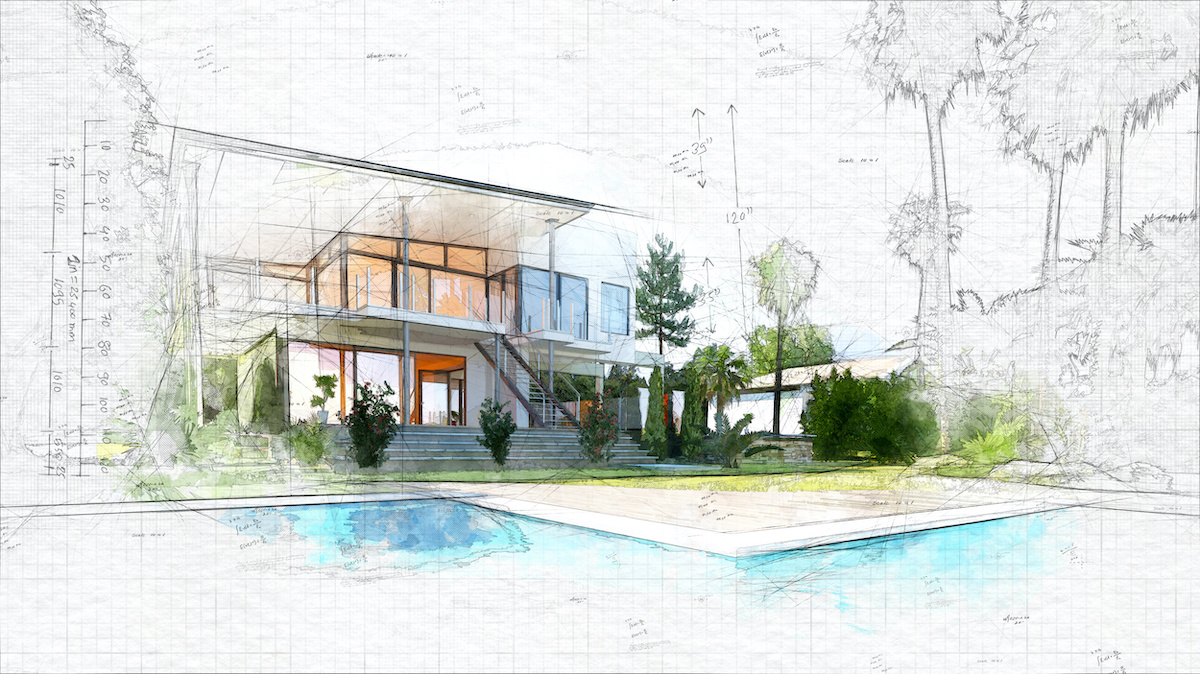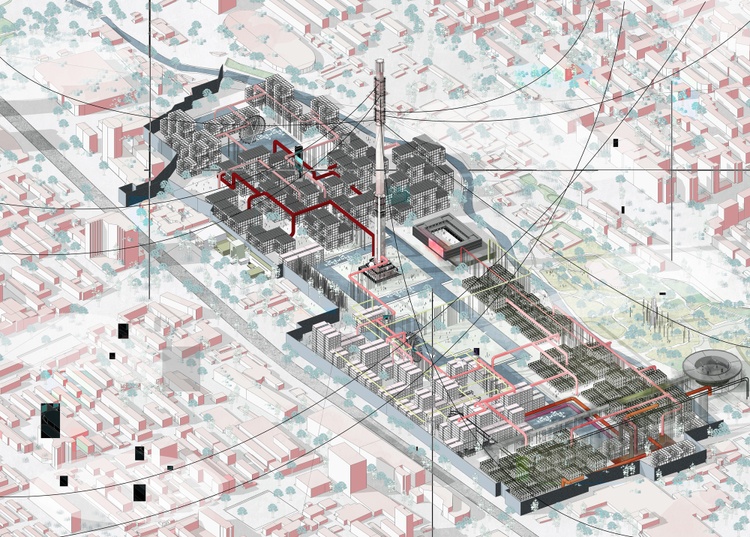The Effect of Technological Improvements on the Design Practices of Contemporary Architects
The quick development of technological tools has dramatically reshaped the layout landscape for contemporary engineers, promoting extraordinary levels of technology and sustainability. The combination of Structure Info Modeling (BIM), parametric layout, and expert system has not only structured collaboration amongst varied teams yet likewise redefined job implementation. Nonetheless, as engineers embrace these advancements, they are challenged with complicated challenges that might influence their creative processes. Exploring these dynamics exposes a nuanced interaction in between technology and standard layout methodologies, prompting a better exam of what the future holds for building practices.
Development of Architectural Equipment
Exactly how have architectural tools transformed the design and construction procedures over the centuries? The advancement of building devices has substantially influenced the efficiency, accuracy, and creativity of layout and building and construction. In old times, architects depend on rudimentary tools such as plumb bobs, gauging poles, and fundamental geometry to create frameworks. These devices laid the structure for early building technique, permitting the building of iconic frameworks, albeit with constraints in precision and complexity.
With the arrival of the Renaissance, the intro of the compass and the protractor marked a crucial shift. These devices allowed architects to accomplish greater precision in their designs, promoting the introduction of more complex and proportionate structures (cda architects). The Industrial Revolution additionally transformed building experiment the intro of mechanized tools and products, permitting bigger and more ambitious projects
In the 20th century, the advancement of computer-aided design (CAD) software transformed the landscape as soon as again, supplying engineers with unmatched capacities in modeling and visualization. Today, advanced devices such as Structure Info Modeling (BIM) and parametric layout software remain to press the boundaries of architectural advancement, enabling a much more incorporated approach to design and building procedures.

Enhanced Partnership in Style
As modern technology proceeds to advance, improved collaboration in layout has become a keystone of modern building method. The integration of electronic tools such as Structure Details Modeling (BIM), cloud-based platforms, and progressed visualization software has actually transformed the means designers, designers, and stakeholders communicate throughout the layout process. These devices help with real-time interaction, allowing groups to share ideas, alterations, and feedback promptly, despite geographical area.
Furthermore, digital reality (VIRTUAL REALITY) and augmented truth (AR) have more enriched collaborative initiatives by enabling immersive experiences that enable customers and employee to envision projects in a much more interesting manner. This level of communication not just enhances understanding however additionally promotes a feeling of possession among stakeholders, causing even more informed decision-making.
Furthermore, interdisciplinary partnership has actually been streamlined through these technological innovations, enabling architects to function extra closely with various other specialists, such as urban coordinators and ecological professionals. The outcome is a more cohesive method to create that takes into consideration numerous perspectives and competence. Inevitably, boosted cooperation in layout is not merely a trend; it is important for producing ingenious, practical, and visually pleasing design in a progressively complicated world.
Sustainability With Innovation
Sustainability in design has progressively ended up being intertwined with technological innovation, driving the industry towards eco liable methods - cda architects. Contemporary designers are leveraging sophisticated innovations to reduce environmental impact while boosting the efficiency of structures. One popular example is using Building Info Modeling (BIM), which permits exact planning and resource allotment, minimizing waste during Get More Info construction and advertising power effectiveness throughout a building's lifecycle
In addition, clever materials and energy-efficient systems are being integrated right into styles to optimize source usage. Technologies such as solar batteries and environment-friendly roof systems harness sustainable power resources, contributing to lowered carbon footprints. Additionally, the application of expert system in design procedures enables engineers to mimic and analyze power consumption, leading decisions towards more lasting outcomes.
The assimilation of sustainable modern technologies not only lines up with worldwide ecological goals yet likewise fulfills an enhancing need from consumers for green services. As engineers embrace these technologies, the focus moves in the direction of creating rooms that are not only visually pleasing yet also functionally sustainable, therefore redefining the standards of contemporary style. This way, modern technology serves as a driver for sustainability, making it possible for architects to develop structures that regard and enhance the natural surroundings.
Obstacles in Implementation
While technological improvements in style hold terrific assurance for enhancing sustainability, their implementation typically runs into significant challenges. One main challenge is the high understanding contour related to new innovations. Engineers and building and construction specialists may require extensive training to efficiently use sophisticated software program and devices, which can postpone job timelines and boost prices.
In addition, the assimilation of arising modern technologies, such as Structure Info Modeling (BIM) and lasting materials, typically requires partnership across multidisciplinary teams. This collaboration can be hindered by differences in proficiency, workflows, and interaction designs, causing prospective disputes and inefficiencies.
Financial constraints further make complex the fostering of ingenious technologies. Many architectural companies, especially smaller ones, might do not have the resources to buy sophisticated devices, limiting their ability to take on bigger firms that can manage such financial investments.
Furthermore, regulatory structures additional hints and building codes may not keep speed with technological advancements, developing uncertainty and prospective conformity problems. This obstacle can inhibit designers from fully welcoming new technologies, as the danger of non-compliance may exceed the benefits. Consequently, attending to these implementation obstacles is important for the effective combination of technical developments in modern architectural techniques.
Future Trends in Style
The difficulties connected with the execution of new modern technologies in architecture have triggered a reevaluation of future trends within the sector. As designers browse concerns such as sustainability, urbanization, and social equity, they are increasingly embracing cutting-edge technologies to enhance layout efficiency and environmental performance.
One noticeable trend is the integration of expert system (AI) in the layout process. AI tools can examine substantial datasets to educate design decisions, improving both imagination and click site capability. In A Similar Way, Building Information Modeling (BIM) remains to develop, allowing real-time cooperation amongst stakeholders and promoting structured project management.
Sustainable design practices are also gaining momentum, with architects concentrating on flexible reuse and regenerative layout concepts that lessen resource usage and waste. The incorporation of smart materials and renewable power resources will even more enhance the resilience of structures despite environment modification.
Furthermore, the rise of parametric layout enables even more customized and context-sensitive architectural remedies. By using these improvements, designers are poised to develop developed atmospheres that not only resolve the instant needs of culture however also prepare for future difficulties, thus redefining the role of style in an ever-changing world.
Verdict
